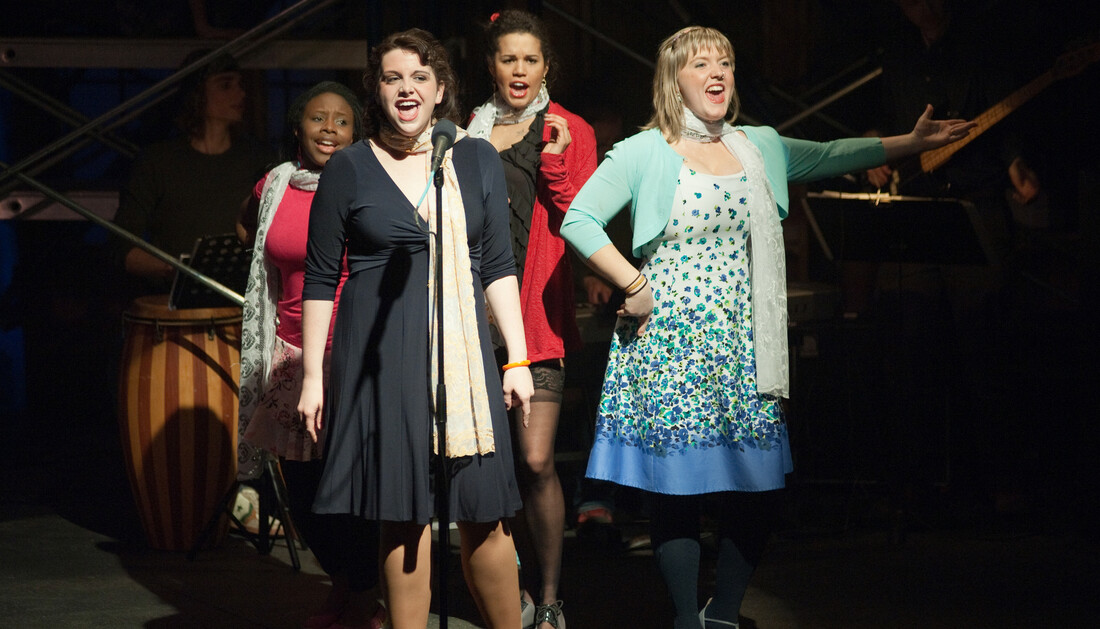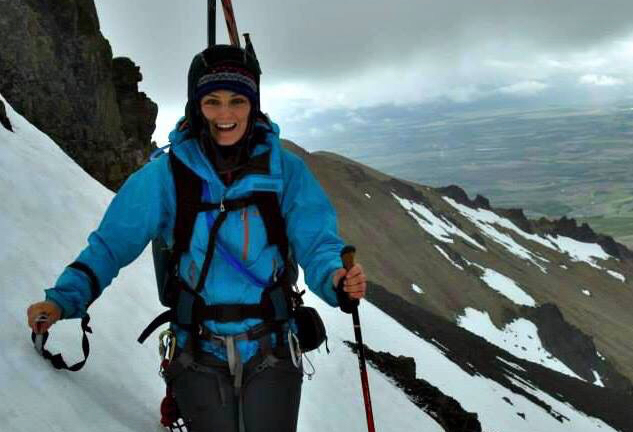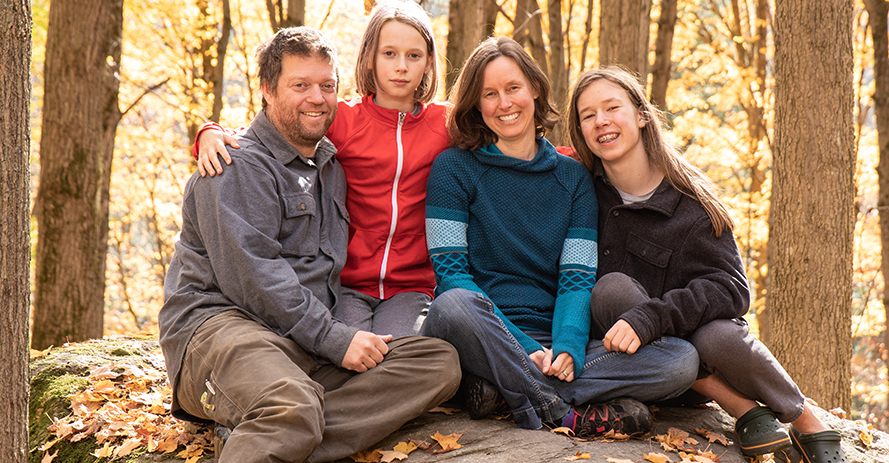Lynn Sipsey, right, during a summer global health trip to Vietnam in 2015.
Medical student Lynn Sipsey was studying to become a scientific illustrator when she decided to shift gears and pursue a career in medicine. Lynn, who completed the UVM Post-Baccalaureate Premedical Program and is now a student at the Larner College of Medicine at UVM, talks about the rewards of medicine and the power of empathy.
You majored in fine arts and scientific illustration and minored in biology as an undergraduate. How did you make the leap from art to medicine?
When I started my undergraduate program, I was certain that I would ultimately go to a graduate medical illustration program. Medicine wasn’t even on the radar. However, by the time I had finished my degree, I had taken more biology courses than were required and accidentally minored in biology. I found that to become a better scientific illustrator, a thorough understanding of the subjects was required.
What drew you to medicine?
As I spent more and more time learning those foundational concepts, I realized how much I loved biology. After some time working as an illustrator, I knew that I loved the educational aspect of the work, but I never really got to see the direct impact of my work. Sitting in a studio drawing all day was wonderful, but it did not feel gratifying—I still wanted to use my knowledge base to educate, to make meaningful connections, and be able to see the impact of my work in people’s lives.
What kind of illustrations did you create?
My portfolio has a wide breadth of subject matter, style, and medium. I had made model eggs for the Birds of Vermont Museum, had a diagram published in a scientific journal, and had collaborated with a ceramic artist who bought the rights to some botanical illustrations.
Why did you choose UVM?
I grew up in Lincoln, Vermont. As a scientific illustration major, medical school didn’t seem like a possibility, but I had several wonderful mentors that encouraged me to consider it. When looking up post-bac programs, UVM was at the top of my list. The in-state tuition can’t be ignored, but also I had read about the quality of the advisors in the program, and knew of several of the students that went on to the Larner College of Medicine at UVM. When entering the program, I wasn’t sure whether I was interested in a PA, RN, NP,MD, or DO track. I liked that UVM’s program had flexibility and that I was able to tailor my schedule to my goals as they became clearer.
What are some similarities between illustration and medicine?
Though many see art and science as a dichotomy, my experience has shown they are two interdependent entities. Scientific innovation is not possible without creative thinking, and artistic expression wanes without observation and the scientific method. Both scientific illustration and medicine seek to reach similar goals: to use scientific knowledge and artistic skill to repair nature’s deficits, and to create a more “ideal” specimen. A large part of medicine is observation. The patient’s story is the single best tool for diagnosis, followed by physical exam. Both of these are tools that can be carried further with astute observation and directed inquiry.
Tell us about your respite caregiver internship at Howard Center in Burlington.
I was working as a respite care giver for the developmentally disabled. Serving a diverse client population—ranging from those in need of total personal care, and medication administration, to sex offenders and individuals requiring behavioral modification—was a rich and challenging experience. I practiced being present, compassionate, and patient. My belief in the inherent worth and dignity of every individual and the human capacity for growth and development became a clear value. I found the art of medicine. Like my studio practice, there is no absolute protocol to reaching a solution, each situation and subject must be regarded with the utmost care. Acute awareness, empathy, and understanding must be brought to each client every day.
What do you enjoy most about being a medical student at UVM?
Active learning and integration are really emphasized in the curriculum here. Many of the faculty are genuinely invested in student wellness and quality of education provided to us.
What do you find most rewarding about medicine?
It is a privilege to be present in difficult times in people’s lives, it is an even greater privilege to be in a position to help people through these times. I also really love patient education—just taking the time to make sure the patient actually understands what will be happening to them and why. Education empowers patients to take better care of themselves and make decisions that make the most sense for them.




